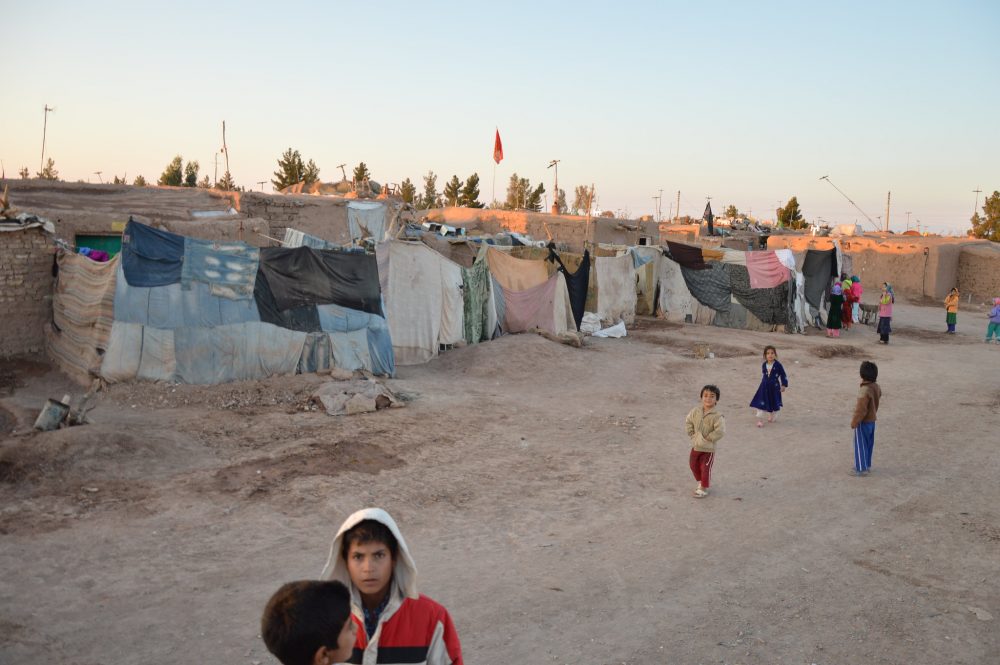

In 2024, more than half of Afghanistan’s population will require humanitarian assistance.
Afghanistan’s complex humanitarian crisis is among the most persistent and severe. Millions of Afghans endure the consequences of four decades of conflict, poverty, repeated disasters and an economic downturn.
Since the Taliban assumed control of the country in August 2021, the political transition, contraction of the economy and reduced levels of donor funding have increased risks and needs at the local level. Girls and women have been particularly impacted with the Taliban’s restrictions hindering their ability to access services and limit their involvement in life outside the home.
The Afghanistan Humanitarian Needs and Response Plan (HNRP) 2024, a document that provides a shared understanding of the crisis and the most important humanitarian needs, incorporated priorities identified by Afghans. Communities highlighted food as a top need, in addition to health care services, education, and water, sanitation and hygiene (WASH). Nearly half of households emphasized the importance of livelihood support.
Afghanistan has high levels of disaster risk due to its geographical location, environmental degradation, climate change and low levels of socioeconomic development. Recurring natural hazards include flooding, earthquakes, snow avalanches, landslides and droughts. In May 2024, the northern and western regions of the country experienced repeated flooding events that led to casualties, significant loss of livelihoods and displacement.
(Photo: Afghan refugees in Iran. Source: EU/ECHO Pierre Prakash via Flickr; CC BY-NC-ND 2.0)
Latest Updates

What we’re watching: Weekly disaster update, September 23
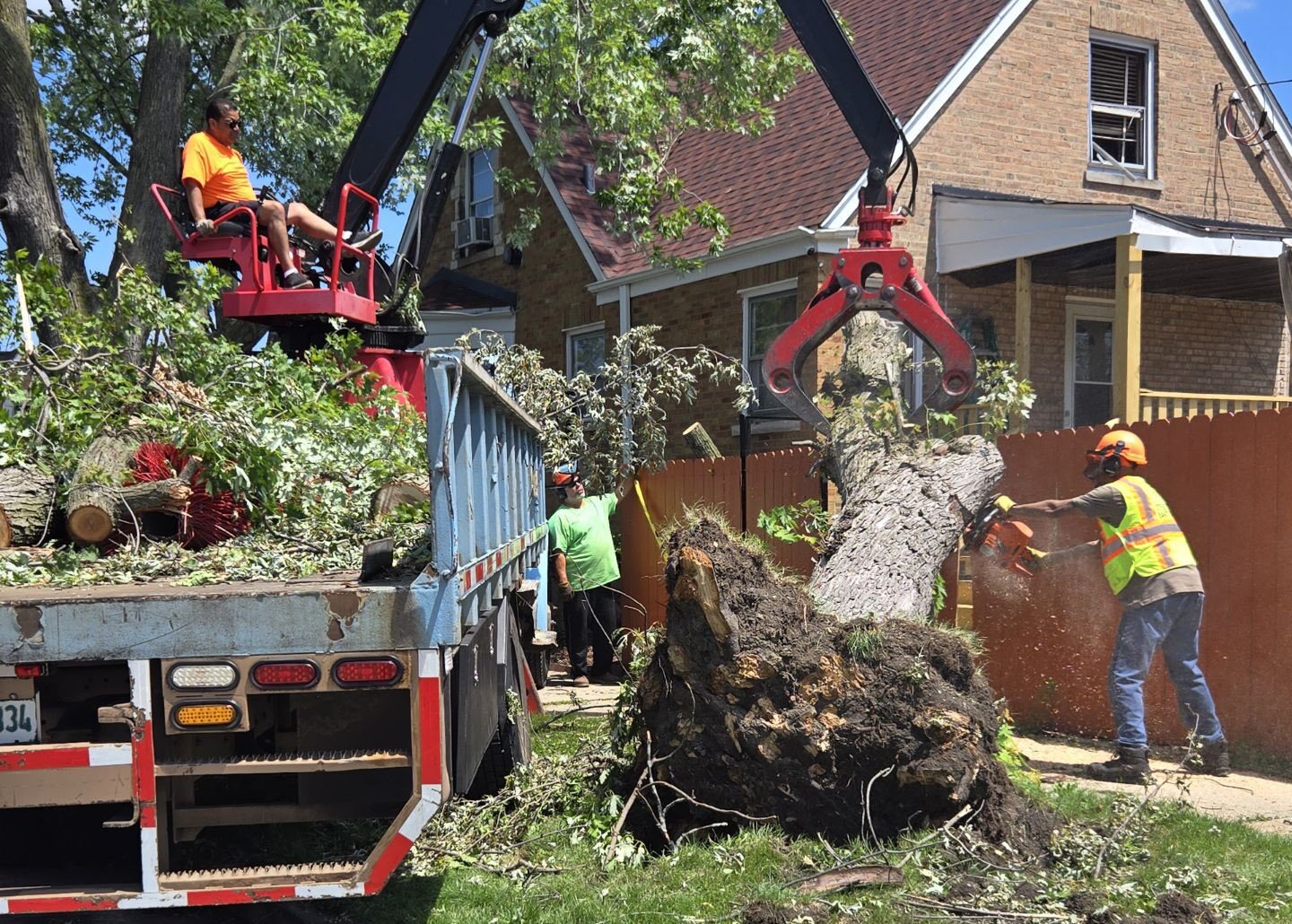
What we’re watching: Weekly disaster update, July 22
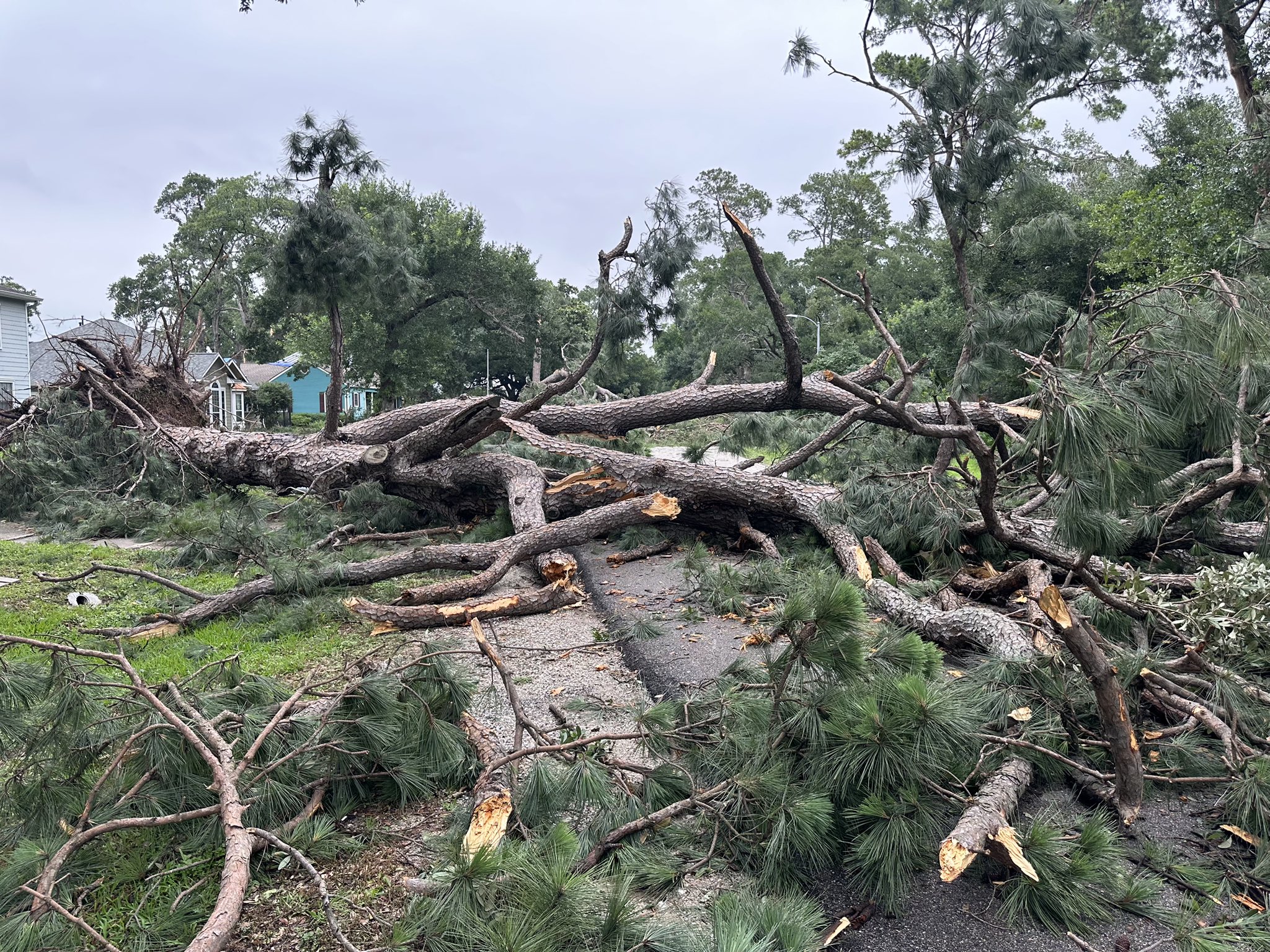
What we’re watching: Weekly disaster update, May 20
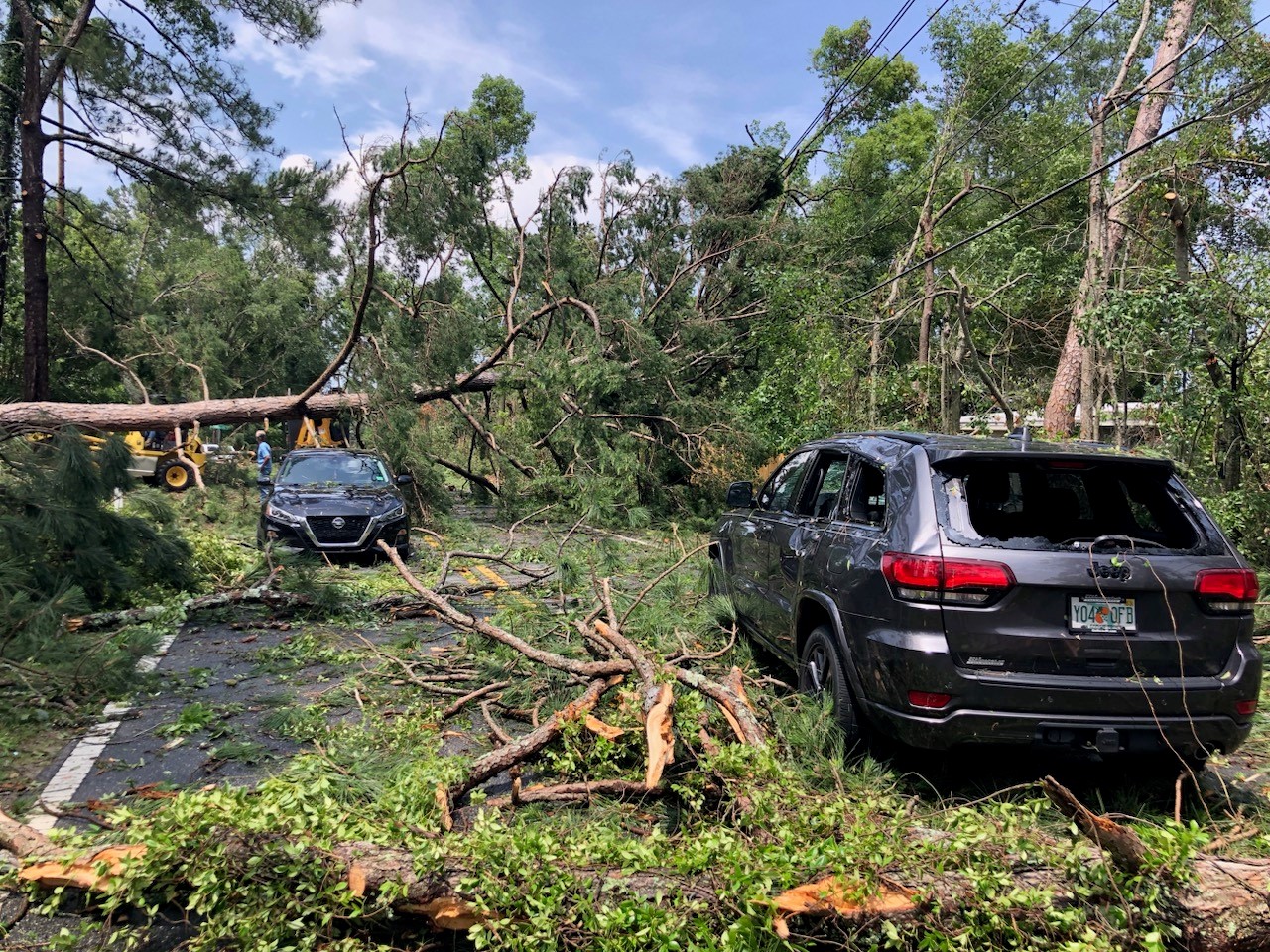
What we’re watching: Weekly disaster update, May 13
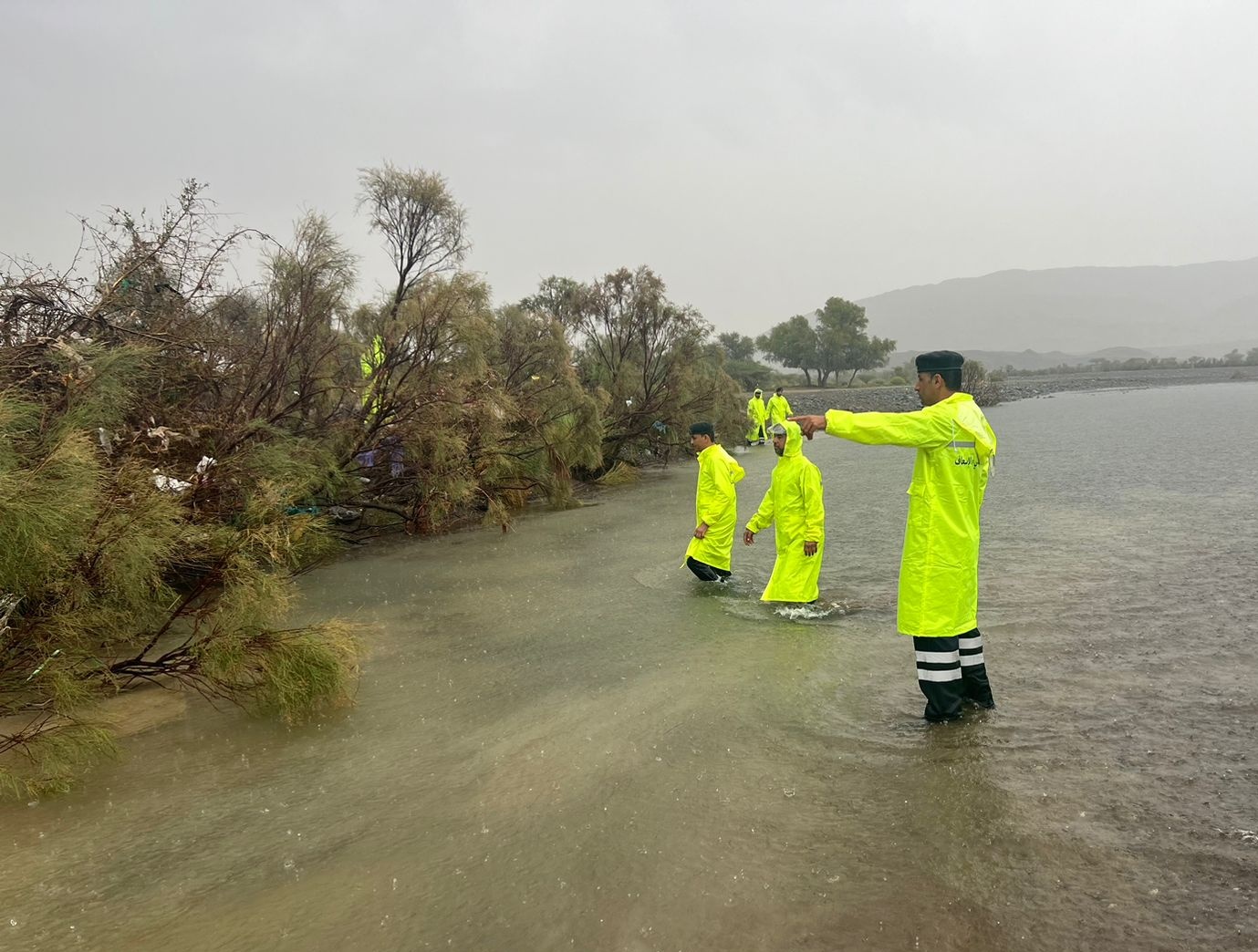
What we’re watching: Weekly disaster update, April 22
Key facts
- In 2024, 23.7 million people will need assistance. Humanitarian partners have prioritized 17.3 million people in 2024.
- As of May 2024, more than a third of Afghanistan’s population (14.2 million people) are experiencing high levels of acute food insecurity, driven by climatic shocks and high food prices.
- The World Bank reports that 48% of Afghanistan’s population lives in poverty. Between Jan. 10, 2024 and June 7, 2024, 139,995 people were affected by disasters in Afghanistan, with 394 killed. In 2023, between January and November, 344,272 people were affected with 1,432 killed.
- As of June 8, the UN High Commissioner for Refugees (UNHCR) recorded 577,700 individuals having returned to Afghanistan from neighboring Pakistan. In October 2023, the Government of Pakistan set Nov. 1, 2023, as the deadline for the “voluntary return” of all undocumented Afghans in Pakistan to their country of origin. The second phase of the ongoing campaign of forced deportation is scheduled to begin on April 15.
Displacement
The HNRP 2024 states, “While conflict-related displacement has drastically decreased since 2021, an estimated 6.3 million individuals—roughly 1 in 7 Afghans—are experiencing long-term displacement.” Many of these IDPs have been displaced for years and often live in sites with no written, legal agreement for land usage which contributes to their vulnerability.
People in Afghanistan are displaced due to factors other than just conflict. For example, water scarcity in the country heavily impacts livelihoods and drives displacement. Extreme weather events and disasters have an effect on infrastructure and livelihoods, increasing the risk of displacement.
As of Dec. 31, 2023, 5,464,680 Afghan refugees were registered in the neighboring countries of Iran, Pakistan, Tajikistan, Uzbekistan and Turkmenistan. Of the refugees registered in neighboring countries, 62.7% are in Iran and 36.8% in Pakistan.
On Oct. 3, 2023, the Government of Pakistan announced its plan to repatriate “illegal foreigners”, with Nov. 1, 2023, as the deadline for the “voluntary return” of undocumented Afghans in Pakistan. The second phase of the ongoing deportation campaign is now aimed at the repatriation of nearly one million ‘documented’ Afghans.
From Sept. 15, 2023 to May 10, 2024, over 577,000 Afghans returned from Pakistan to Afghanistan. In October 2023, many were reported to be in “often exhausted and in poor medical condition, require urgent emergency attention and assistance upon arrival, including food, health, cash, non-food items and psychosocial support.” Of all returns through May 10, 2024, 49% are female and 59% are children.
An Associated Press photographer traveled across Afghanistan in 2023 getting to know displaced people and returned refugees and capturing their images. The images demonstrate the seriousness of the humanitarian situation.
Earthquakes in October 2023
According to the U.S. Geological Survey, a 6.3-magnitude earthquake occurred on Oct. 7, 2023, about 25 miles northwest of Herat at shallow depths. This earthquake was followed by a second 6.3-magnitude earthquake about 30 minutes later. Another 6.3-magnitude earthquake shook Herat Province on Oct. 11, 2023.
A spokesman for Afghanistan’s national disaster authority, Janan Sayiq, told reporters on Oct. 9 that around 4,000 people were killed, but other reports say the figure is closer to 2,000. The Oct. 11 earthquake reportedly killed at least two people and injured another 150. As of Nov. 3, the World Health Organization (WHO) reported 1,482 deaths. As is often the case after disasters, accurate figures on deaths and injuries are a challenge, particularly in fragile states like Afghanistan.
Thousands of people are living in open space under tents, tarpaulins or other locally made temporary make-shift structures as their houses were destroyed or are afraid of returning home due to frequent aftershocks.”
The UN Population Fund said women and children were disproportionately affected because they were more likely to be at home while men were out of the home working. Women-headed households are particularly vulnerable, with protection concerns and challenges obtaining humanitarian assistance. The Gender in Humanitarian Action Working Group in Afghanistan reports that earthquake-affected women said immediate priorities relate to shelter and water, sanitation and hygiene.
According to a report released in February 2024 by the UN, the World Bank, the European Union and the Asian Development Bank, an estimated $402.9 million is urgently needed to support critical recovery and reconstruction efforts in Herat province. The report highlights housing as the top priority covering 41% of total recovery needs and underscores the need for gender-responsive initiatives given only 10% of women-owned businesses resumed operations and women made up 58% of casualties.
This comes after an October 2023 Herat Earthquake Response Plan said $93.6 million was required to deliver life-saving response activities and support early recovery efforts until March 2024.
Earthquakes are among the most devastating natural hazards. Most homes in Afghanistan lack a good foundation and are poorly constructed with often heavy roofs that can collapse into the structure, making them vulnerable to seismic activity. For these reasons, the earthquakes that devastated Herat Province, and other natural hazards that Afghanistan faces, cannot be called “natural disasters.” While natural hazards, such as earthquakes, are inevitable, their impact on society is not.
Economic shocks
In addition to 40 years of conflict and a recurrent drought, the economic decline is a predominant driver of humanitarian need in Afghanistan. The World Bank expected the Afghan economy in 2023 to be around “no-growth territory,” after contracting by 25% since August 2021.
The country faces protracted economic risks that have widespread impacts. In a food security update published in May 2024, the World Food Programme (WFP) stated, “Since April 2023, a persistent deflationary trend has been evident, marked by dwindling household savings, increased unemployment, and adverse impacts on farmer incomes due to bans on opium cultivation.”
Before August 2021, Afghanistan’s economy was 75% dependent on foreign assistance. After the Taliban assumed power, much of the country’s international assistance was cut off, which caused a drop in purchasing power.
High levels of unemployment, especially among young men, and the Taliban’s restrictive policies on women’s education and work combine to hurt recovery prospects and social cohesion. The fragile economic conditions are expected to continue and will contribute to acute food insecurity in 2024.
Floods in May 2024
The northern and western regions of the country have experienced repeated flooding events that led to casualties, significant loss of livelihoods and displacement. Afghanistan’s topography, climate change and socioeconomic vulnerability combine to make floods deadly and devastating. According to the UN Development Programme, limited infrastructure and early warning systems are also factors.
In early May 2024, unusually intense seasonal rains, combined with underlying vulnerabilities, killed at least 225 people. As is typical after a disaster, especially in a context such as Afghanistan, the reported number of dead varies but ranges from 225 to nearly 350.
The provinces of Badakhshan, Baghlan, Ghor and Herat were the hardest hit. In addition to the lives lost, infrastructure, including homes, roads and electricity lines, was damaged. As of June 6, UNOCHA reported more than 2,800 homes destroyed and 4,069 damaged. Herat province is still recovering from a 6.3 magnitude earthquake in October 2023.
According to FEWS NET, “In May, deadly floods severely impacted household access to food and income in northern parts of the country, particularly Baghlan, Faryab, and Ghor provinces.” The World Health Organization said the floods resulted in significant damage to over 30 health facilities, highlighting the critical need for humanitarian support, especially in health care.
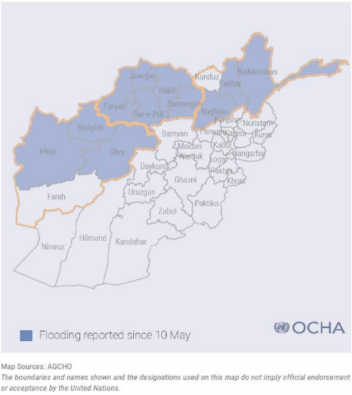
According to UNOCHA in their June 6 flash update, the most pressing gaps are limited partner capacity in Ghor Province and longer-term recovery support, including shelter repair and rebuilding of homes.
To prevent flood disasters, a study by REACH Initiative following the floods found that “there is a need for comprehensive contextualised mitigation and flood risk reduction measures.” Other experts and agencies are calling for similar actions, including the UN Children’s Fund (UNICEF), which called for increased investment in disaster preparedness and climate resilience.
Due to its flexibility and ability to operate on longer time horizons, philanthropy is uniquely positioned to focus on disaster preparedness, mitigation and strengthening resilience. CDP’s Disaster Phases and Resilience Issue Insights are resources that can help funders better understand these concepts and how to help.
Health crisis
According to the HNRP 2024, “Afghanistan is grappling with a precarious health situation characterized by a fragile healthcare system and unequal access to services, particularly in rural areas. The challenges are multifaceted, including insufficient funding, heavy dependence on foreign aid, transportation, a shortage of healthcare professionals, and limited access to quality healthcare.”
In addition to these challenges, the Taliban’s ban on women working for NGOs has a direct impact on women and girls’ ability to access and receive health services including sexual and reproductive health services. To meet cultural requirements and expectations, it is critical that women health professionals are able to work and meet the health needs of women and girls in Afghanistan.
Afghanistan faces several infectious disease outbreaks. According to WHO in a report published on May 16, the suspected measles cases “has shown a continuous increasing trend since the beginning of 2024.” Additionally, the trend in 2024 is higher than that reported in 2023 and the 2-year average before the 2021-2022 outbreak.
Loss of foreign development aid and Taliban rights violation have resulted to a catastrophic health crisis, according to Human Rights Watch, with the cost of treatment and medicine far out of reach for many Afghans. In addition to a crippling health system, between January – February 2024, two incidents of attacks on health care were reported, consistent with 2023 numbers for the same time period.
High disaster risk
On average, 200,000 Afghans are affected by disasters each year. Between Jan. 10, 2024, and June 7, 2024, 139,995 people were affected by disasters, with 394 killed.
At the start of 2024, Afghanistan was in its third year of drought, and humanitarian groups warned that another year of drought could make an already difficult situation worse. Despite delayed snowfall, above average precipitation in March 2024 reduced deficits across most of the country, improving agricultural conditions and potentially, harvest.
According to the HNRP 2024, “With anticipated El Niño conditions in late 2023 and early 2024, Afghanistan grapples with both promise and risk. The potential for above-normal rainfall presents an opportunity for drought recovery but simultaneously raises the specter of flooding and crop pests.”
In addition to the October earthquakes described in detail above, significant disasters in 2023 included the following:
- Heavy rainfall the week of July 24, 2023, resulted in deadly flooding in Kabul, Maidan Wardak and Logar provinces in Afghanistan. According to a spokesman for Taliban’s Ministry of Disaster Management, as of July 30, the floods had killed at least 31 people, 41 were missing and another 74 injured.
- A 6.5 magnitude earthquake hit Badakhshan Province in northeastern Afghanistan on March 21, 2023. The earthquake combined with underlying vulnerabilities damaged an estimated 200 houses and affected more than 7,000 people. Heavy rains and flash flooding also affected more than 4,500 people in several provinces in spring 2023. Limited funding constrained humanitarians’ ability to scale up assistance.
Significant disasters in 2022, such as flash floods in August, a 5.9 magnitude earthquake in June and unseasonal severe rainfall in May, resulted in the establishment a taskforce with representatives from UN agencies and NGOs. Through assessments and analysis, a lessons learnt report found that the lack of female staff early in the response meant the needs of women and girls were missed in early assessments, demonstrating the critical role women play. While humanitarian partners provided assistance to more than 100,000 people, the specific needs of women and girls could be strengthened, a lesson for future disasters as well as the ongoing crisis.
Hunger and malnutrition
Despite some slight improvements since the political transition in 2021, over a third of Afghanistan’s population are still experiencing high levels of acute food insecurity, meaning 14.2 million people remain in Integrated Food Security Phase Classification (IPC) Phase 3 or above, and are therefore in urgent need of food security assistance.
The IPC’s acute food insecurity scale is broken down into five phases: no or minimal (Phase 1), stressed (Phase 2), crisis (Phase 3), emergency (Phase 4), and catastrophe, famine or famine likely (Phase 5).
The 14.2 million figure includes 2.9 million people in IPC Phase 4 (Emergency), the majority of whom are in Badakshan, Baghdis, Ghor, Ghazni, Helmand, Herat (urban and rural), Kunduz, Kandahar and Takhar provinces. The devastating flooding that occurred in May 2024 heavily affected Badakhshan, Baghlan, Ghor and Herat which could worsen the food security situation there.
As with other sectors, the food security sector has experienced persistent funding shortfalls. For example, due to funding cuts, the WFP cut 10 million people off from the agency’s support in September 2023, providing assistance to a fifth of the 15 million people who need it.
One often overlooked concern is the health of livestock, which are an important source of food and income for many families, including hundreds of thousands of nomadic herders where this is deeply engrained in their culture and who have survived this way for generations.
Women and girl’s rights
According to the 2023 Women, Peace and Security Index, Afghanistan ranks worst of 177 countries in terms of the status of women.
“Since 2021, Afghanistan has ranked the worst in the world to be a woman. Afghan women wake up each day to no jobs, no education and no autonomy over their lives. This report should serve as a wakeup call to world leaders that a nation of women is imprisoned,” said Torunn L. Tryggestad, Director of the Peace Research Institute Oslo’s Centre for Gender, Peace and Security.
Following the Taliban’s directive for judges to fully impose their interpretation of Sharia Law in 2022, experts feared further deterioration of human rights in Afghanistan. This deterioration of rights was evidenced by bans on Afghan women working in NGOs and employed with the UN mission, prompting the UN to review its presence in the country. The Taliban’s decision was strongly condemned by the Secretary-General who said it violated “the inalienable fundamental human rights of women.”
Women workers are critical to humanitarian operations in Afghanistan, and the ban has negative consequences. As UN Women survey of humanitarian partners released on Feb. 8, 2023 showed that 93% of organizations saw an increased impact on their access to affected women. As NGOs suspend or scale back their operations, they warn that thousands of Afghans will miss out on lifesaving humanitarian assistance.
In July 2023, the Taliban continued to expand restrictions on women by announcing that beauty salons would be closed. The same month, Tolo News reported the Ministry of Higher Education decided only males would be taking university entrance exams.
A UN report published on Jan. 22, 2024, said the Taliban were restricting Afghan women’s access to work, travel and health care if they are unmarried or don’t have a male guardian. UN experts called this treatment of women “gender apartheid.”
Until the ban is reversed, some NGOs are forced to decide whether to continue operations based on assurances from the Taliban or government ministries. Among the ongoing access challenges humanitarians face are operational constraints due to restrictions on women humanitarian workers. According to UNOCHA, due to gender-motivated constraints, 89 humanitarian projects were suspended and facilities temporarily closed in 2023.
In November 2023, Human Rights Watch (HRW) wrote about women’s rights activists being arbitrarily detained by the Taliban. HRW said, “The Taliban’s crackdown is ongoing. They continue to issue abusive new policies and to brutally enforce old ones. Even women who protest in their homes are being arrested.”
Under Taliban control, thousands of member of the LGBTQIA+ community have sought asylum in neighboring countries like Pakistan where transgenders are recognized as a minority group. However, with the controversial forced deportation plan, many now fear returning to Afghanistan where they may face harsher mistreatment, discrimination and gender-based abuse than in Pakistan.
Immediate needs during a complex humanitarian emergency include emergency shelter, food, water, sanitation and hygiene, evacuation support, family reconnection, health care, protection of at-risk populations and case management. These needs will continue through the course of the CHE and into the recovery period.
Education
A report of the UN Secretary-General on Children and Armed Conflict in Afghanistan found that children in Afghanistan remained highly vulnerable to grave violations. The report says the indefinite suspension of girls’ secondary and tertiary education affected girls’ rights to education and exposed them to heightened risks and harmful coping mechanisms. As the school year in Afghanistan began in March 2024, more than a million girls were affected by the ban on attending classes beyond the sixth grade.
Economic and infrastructural barriers to education mean more than 8 million children need education support. In a report released on Dec. 5, 2023, Human Rights Watch details how the Taliban’s abusive educational policies in Afghanistan are harming boys as well as girls and women.
Despite the challenges and restrictions imposed by the Taliban, including a rise in unofficial suicide figures among females amid severe restrictions on women’s lives, Afghans continue to address the rising educational needs of children in the country, particularly girls. For women and girls who have access to a smartphone, social media has become a way to receive educational materials and communicate with friends.
The ban on secondary and university education for girls, however, does not apply to private education academies. With relatively low tuition fees, initiatives like private academies can provide an opportunity and platform for both girls and boys to pursue their education dreams.
Food and economic security
As outlined in the HNRP 2024, the food security and agriculture cluster’s main objectives provide funders with valuable information on the ongoing needs in Afghanistan.
These objectives for 2024 include, “ensuring timely access to food for IPC3+ populations, protecting the livelihoods of urban and rural populations facing acute food insecurity, providing income support to the most vulnerable population groups through vocational skills and cash-for-work activities, reducing the effects of natural shocks and stressors on communities through cash transfers, and supporting emergency preparedness through early warning systems and timely assessments.”
Another valuable resource is the IPC. In their latest acute food insecurity snapshot, IPC made several recommended actions based on their analysis:
- Continue advocacy and resource mobilization efforts
- Provide humanitarian food assistance
- Scale-up emergency agricultural and livelihood support for people in Phase 3 and 4
- Implement gender-sensitive and responsive interventions
- Carry out control measures for crop pests and diseases
- Implement joint programs that integrate sectors
Furthermore, the deteriorating economy is most prominent within the urban middle class in Afghanistan who made big gains in the last two decades partly due to educational achievements and progress. Response from the international community should include safeguarding progress and address the wider spectrum of challenges facing the urban middle class.
Gender equity and security
Women and children often face increased risks in CHEs like gender-based exclusion, marginalization and exploitation. According to UN Women, women and girls are seeing a rapid reversal of their rights since the Taliban’s takeover. Afghan women are more likely than men to seek asylum with children, and non-partnered women face additional burdens in finding shelter, safety and resources.
On March 8, 2023, UN experts said, “the situation of women and girls’ rights in Afghanistan has reverted to that of the pre-2002 era when the Taliban last controlled the country, effectively erasing progress on women’s rights in the intervening 20 years.” In addition to calling on the de facto authorities “to end the harmful annihilation of women rights and lift restrictions imposed on women” the experts urged the international community to increase support to Afghan women.
Mental health
Displaced people have undergone a significant change in their way of life, perhaps including loss of livelihood, extreme poverty and damaged social support structure. Because of the ongoing conflict and humanitarian crisis, they also may have post-traumatic stress disorder.
Repeat disasters also place significant burdens on survivors. Following the October 2023 earthquakes, the UN Population Fund said the deaths of loved ones in the earthquakes took a devastating toll on survivors. One counselor said: “The availability of a psychosocial support counsellor is essential here because there are women who are injured and have lost family members. They need someone to listen to them and help them cope with their trauma.”
Public health
Priorities include maintaining and expanding access to health services, disease outbreak prevention, trauma care, non-communicable diseases management, essential medical supplies and vaccination efforts.
Information and access to quality healthcare, including reproductive services, is needed, particularly for marginalized groups such as women, pregnant women, people with disabilities and older adults. Responding to multiple outbreaks is a critical need, including COVID-19, measles, acute watery diarrhea, dengue fever and malaria.
Despite a strained health system, tailoring programs to the complex realities of Afghanistan, such as understanding the role and power women within communities have, can help alleviate some of the burden on the national health system and disease outbreaks. This can be seen most prominently through an initiative, supported a UNICEF and partners, to eradicate polio by mobilizing women within communities to administer polio drops and run education sessions. These women are able to reach other women, who are usually the primary caregivers of children, and also reach those who may not be able to leave their homes.
Refugees and returnees
Since 2021, more than 1.6 million Afghans have arrived in neighboring countries, adding an additional burden on host countries which now host over 5.46 million Afghans. While Iran and Pakistan have maintained inclusive policies, shrinking protection space in both countries since 2023 has exacerbated existing vulnerabilities.
According to the Regional Refugee Response Plan 2024-2025, some ongoing needs are access to basic needs such as shelter, food, income and education. In Iran and Pakistan, the sectors with the biggest budgets are protection, public health, livelihoods, food security and education.
Cash assistance included in the budgets of all sectors and used as the primary means to meet immediate basic needs.
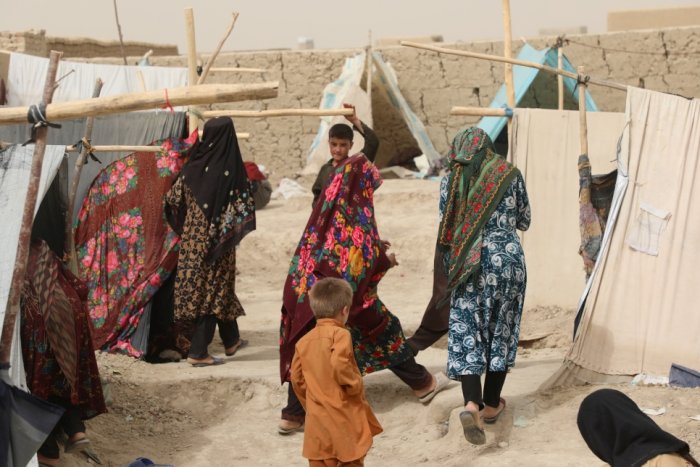
The Center for Disaster Philanthropy (CDP) has a Global Recovery Fund that provides an opportunity for donors to meet the ongoing and ever-expanding challenges presented by global crises, with support for Afghanistan remaining a top priority of the fund since 2021. CDP also has a Disaster Recovery Fund that provides the chance for donors to meet the needs of those affected by this displacement crisis within the U.S. and territories.
Contact CDP
Philanthropic contributions
If you have questions about donating to the CDP Global Recovery Fund, need help with your disaster-giving strategy or want to share how you’re responding to this disaster, please contact development.
We welcome the republication of our content. Please credit the Center for Disaster Philanthropy.
Recovery updates
If you are a responding NGO, please send updates on how you are working on recovery from this disaster to Tanya Gulliver-Garcia. (Photo: Women walk among makeshift tents in a camp for internally displaced people in Mazar-e Sharif city in northern Afghanistan. Source: UNHCR/Edris Lutfi)
Philanthropic and government support
CDP awarded a $100,000 grant to Concern Worldwide in 2022 through the COVID-19 Recovery Fund to support Afghan communities in strengthening resiliency to withstand the continued effects of the COVID-19 pandemic and recover from the pandemic’s economic impacts by increasing access to water back to pre-pandemic levels. At the project’s completion, water canals were desilted, and new water ponds constructed, which increased water storage options for the communities. The project utilized a cash-for-work strategy, allowing community members to participate in the project and earn income that was critical given high levels of food insecurity in the area.
CDP awarded a $150,000 grant to KIND in 2021 through the Disaster Recovery Fund to expand its capacity to provide legal representation and reunifications for children and their families from Afghanistan and children arriving at the southern border of the U.S. Following the project, KIND convened experts to document best practices and recommendations to ensure stronger networks for information-sharing and awareness-building of the unique needs of unaccompanied and separated children.
CDP awarded a $215,000 grant to Miyamoto in 2022 to repair 15 family compounds damaged or destroyed by the June 2022 earthquake in Afghanistan prior to the onset of winter, leading to shelters that are more resilient and better winterized.
CDP awarded a $316,500 grant to Teach for All, in collaboration with Teach for Afghanistan Organization, from the COVID-19 Response Fund to recruit 50 new female teachers for a new cohort over a two year period to provide Afghan children with quality education, teach children important social and emotional learning skills, increase awareness on protection measures for COVID-19 within schools and communities and avoid learning loss due to COVID-related school closures by providing alternate learning opportunities to 15,000 Afghan children.
The Community Sponsorship Hub, a sponsored project of Rockefeller Philanthropic Advisors, Inc., is a partner in a joint initiative called The Sponsor Circle Program, which is a community-led resettlement initiative that allows Americans to help welcome an Afghan newcomer to their communities.
The HNRP 2024 says $3.06 billion is needed this year to assist the 17.3 million people targeted. Amid a climate of limited funding, the HNRP funding requirements have decreased by 34% in 2024 compared to 2023 reflecting a 27% reduction in the number of people targeted and adjustment of some activities.
The World Bank on Feb. 15, 2024 endorsed a new approach to aiding Afghanistan that will deploy approximately $300 million. The funds will remain outside the control of the Taliban leadership and will support critical basic services such as food, water, health, education and jobs through the UN and international organizations.
On Dec. 14, 2023, the Government of Canada announced a contribution of $15.72 million (CAD 21 million) through the International Organization for Migration to support Afghans who have fled their country looking for safety in Central Asia and Pakistan.
On Oct. 12, 2023, the U.S., through the U.S. Agency for International Development, announced the provision of $12 million in immediate humanitarian assistance to meet the urgent needs of the people affected by the Oct. 7-11 earthquakes. In that announcement, USAID said the U.S. had provided nearly $2 billion in humanitarian assistance for Afghans since mid-August 2021.
More ways to help
As with most disasters and emergencies, cash donations are recommended by disaster experts as they allow for on-the-ground agencies to direct funds to the most significant area of need, support economic recovery and ensure donation management does not detract from disaster recovery needs. Donors can help in the following ways:
- Provide unrestricted core funding for vetted humanitarian NGO partners that support the HNRP 2024. This is an efficient way to ensure the best use of resources in a coordinated manner. Funding the NGOs that have contributed to the HRP ensures that resources are directed to support the national sector-wide agreed-upon priorities decided on using humanitarian partners’ on the ground best knowledge.
- Prioritize investments in local organizations: Local humanitarian leaders and organizations play a vital role in providing immediate relief and setting the course for long-term equitable recovery in communities after a disaster or throughout a complex humanitarian crisis. However, these leaders and organizations are mostly under-resourced and underfunded. Grant to locally-led entities as much as possible. This can be challenging and complex to navigate in Afghanistan due to finance restrictions and sanctions, so when granting to trusted international partners with deep roots in targeted countries, more consideration should be given to those that have established equitable partnerships with and empower local and national stakeholders
Related resources
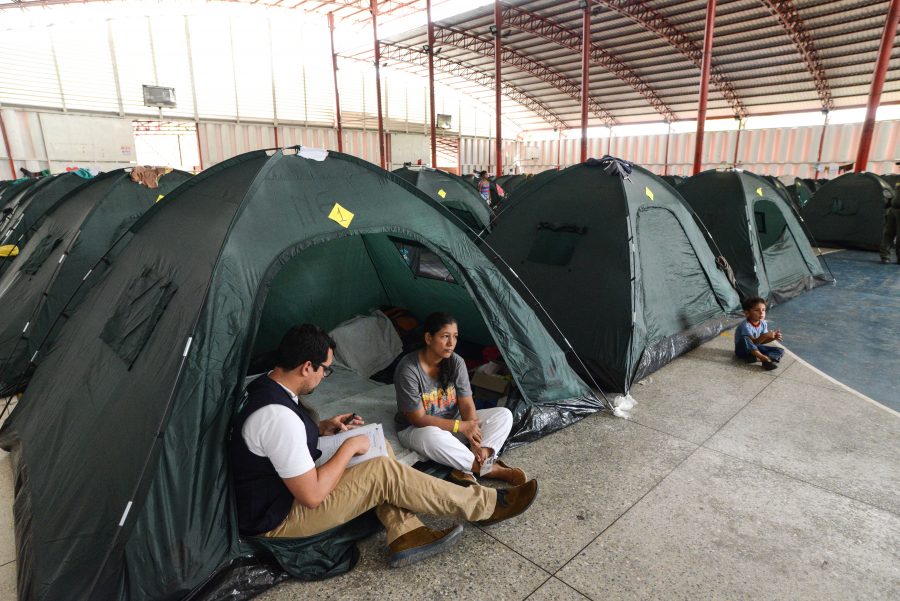
Complex Humanitarian Emergencies
CHEs involve an acute emergency layered over ongoing instability. Multiple scenarios can cause CHEs, like the civil wars in Syria and Yemen, the man-made political crisis in Venezuela, or the conflict in Ukraine.
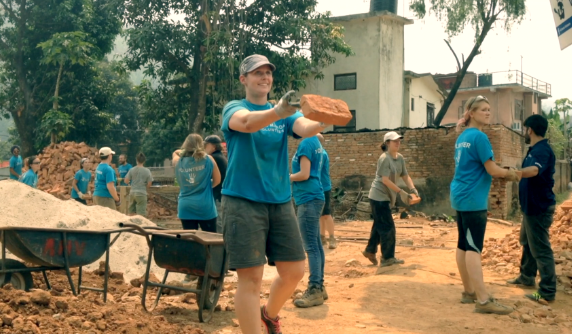
Resilience
The Latin root of “resilience” means to bounce back, but every field has its own definition and most individuals within each discipline will define it differently. Learn more.
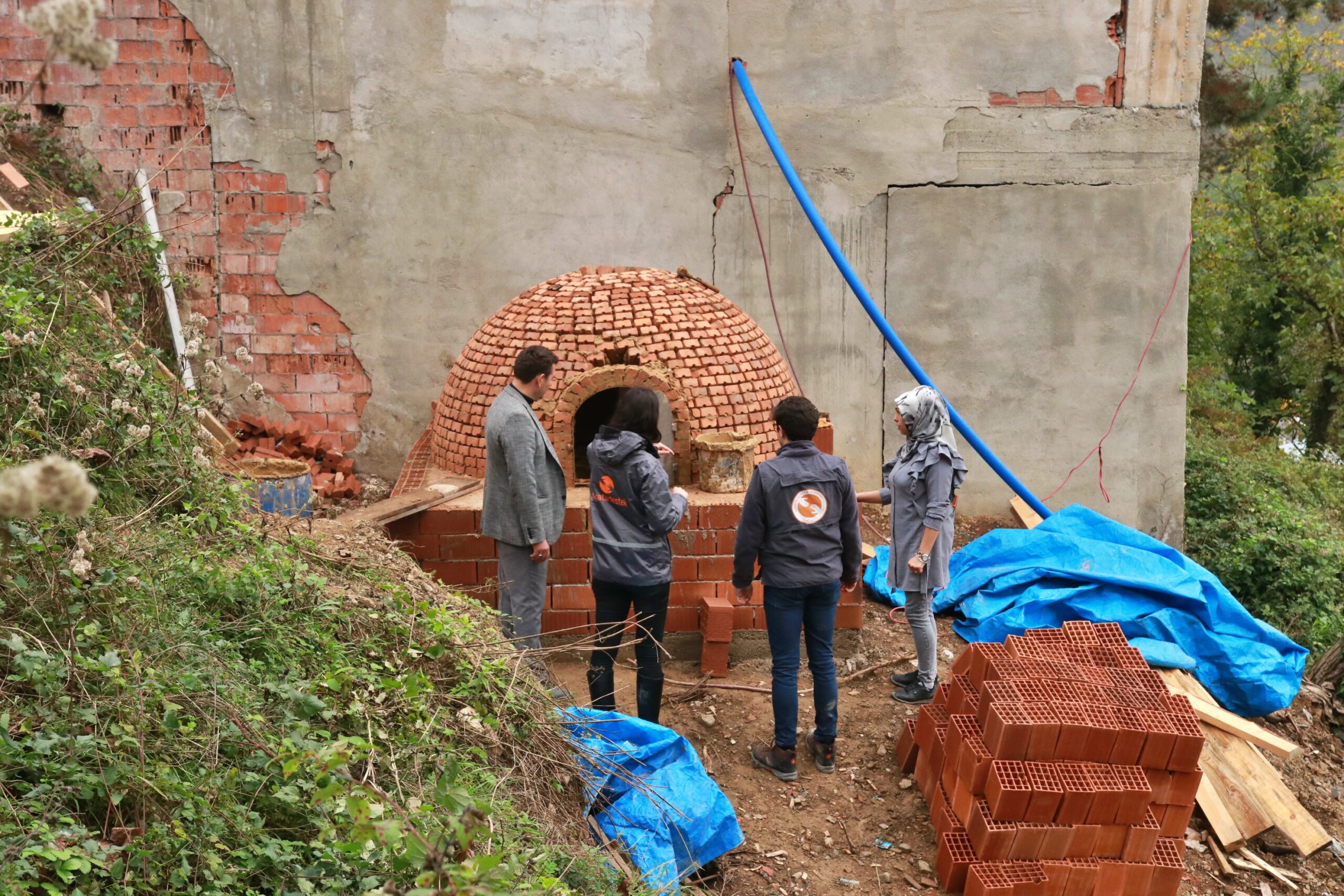
Localization
It is commonly acknowledged that all disasters start and end locally. Though there is no single definition, localization is a process of recognizing, respecting and strengthening the leadership by local authorities and the capacity of local civil society in humanitarian action to better address the needs of affected populations and to prepare for future humanitarian responses.